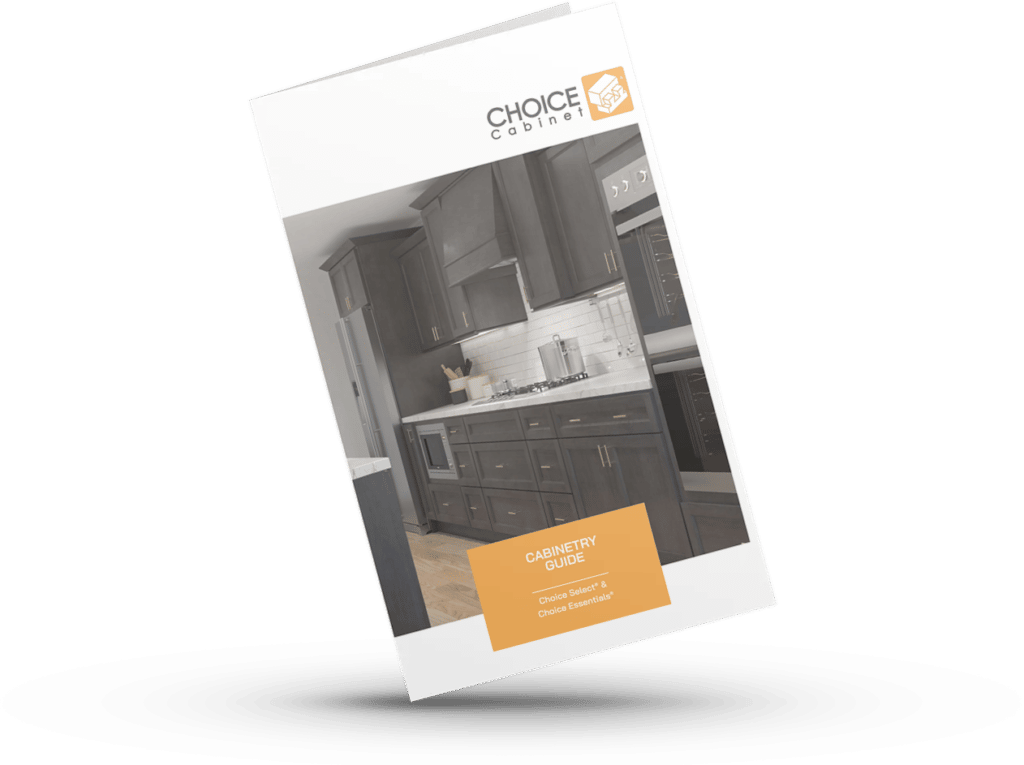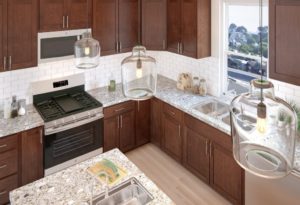Understanding Contractor Vocabulary
By Ryan Horvath
We’re covering contractor vocabulary and measurements. This is the second installment of the Contractor Lingo series. Part one dealt with your contractor’s insurance coverage. You can read that blog by clicking here.
THE RULE OF THE RULER
- It’s easy to get confused by measurements and how they apply to your project. The following measurements will help you make sure that you and your contractor are on the same page:
- Roofers measure in 10 foot by 10-foot squares or 100 square feet.
- Buy carpet and padding in square yardage. Once you have your measurements for your room, divide by 9.
- You have heard of an amp but may have no clue to its meaning. An amp is a measurement of the amount of power available. In an older house, the amount of power available is 60 amps while a new house is between 150 and 200 amps. You can always upgrade your electrical panel and wiring in an older home.
- Knowing how many square feet you have in your home can save your money on a bulking air conditioning unit. A contractor can up-sell you on a unit you don’t need. An air conditioning unit measures in tons. A ton refers to cooling capacity of an air conditioning system, not its weight. Keep in mind that 1 ton will cool 500 square feet.
For tips on renovating your kitchen, check out our 10 Tips for Your Kitchen Renovation blog!
PIG TAILS AND HOME RUNS
We’ve broken down some of the vocabulary and definitions to help you decode their lingo.
Building Lingo
- Mud – Mud is plaster, spackel, stucco, or concrete. Use mud to coat walls, ceilings, and foundations
- Butt Joint and Corner Bead – A butt joint is two sheets of drywall that butt together. A corner bead is a metal piece nailed or crimped to the outside corners
- Slump – Slump refers to the concrete mix consistency and workability
- Top and Bottom Plate – The top plate is the horizontal member on the top section of a wall. A bottom plate is the bottom board that is either a 2 inches by 4 inches or 2 inches by 6 inches board
- Header and Footer – A header runs perpendicular to floor and ceiling joists. A footer is the bottom part of a foundation
- Truss – A truss supports the roof
- Valley – A valley is the lowest point in a roof where rafters of different angles meet
- Fascia – A fascia is the vertical board that covers the horizontal soffit/eaves
Electrical Lingo
- Gang Box – A gang box hold outlets and switches flush within the wall
- Breaker – A breaker is an electrical safety device that protects circuits from overloading
- Home Run – This home run doesn’t involve Jason Kipnis. A home run is the main line runs from the electrical panel to the first device in your home’s electrical circuit
- Pig Tail – A pig tail is a temporary electrical light
Painting Lingo
- Chalking – Chalking is the powdering substance on the surface of exterior paint. This happens after severe weathering
- Alligatoring – Alligatoring happens when paint is unable to bond to a glossy surface. This occurs when the surface was not prepared.
- Cutting In – Cutting in is the outlining around ceilings, baseboards, doorways, and windows. A painter will do this before painting the wall
THE WRAP-UP
You should feel more confident in talking with your contractor. We’ve included some links below for some extra information.
EXTRA INFORMATION
To subscribe to the Choice Cabinet blog, please click on the button below. Thank you!







